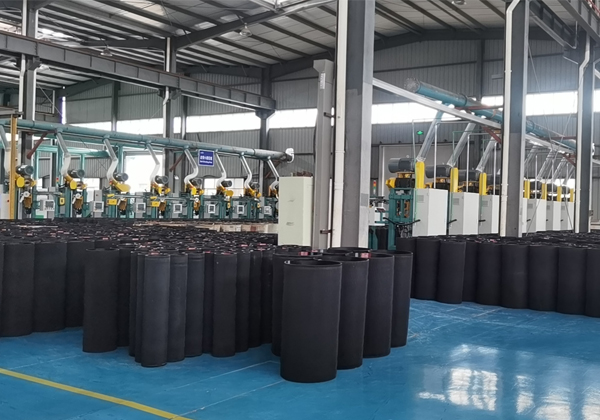- Arabic
- French
- Russian
- Spanish
- Portuguese
- Turkish
- Armenian
- English
- Albanian
- Amharic
- Azerbaijani
- Basque
- Belarusian
- Bengali
- Bosnian
- Bulgarian
- Catalan
- Cebuano
- Corsican
- Croatian
- Czech
- Danish
- Dutch
- Afrikaans
- Esperanto
- Estonian
- Finnish
- Frisian
- Galician
- Georgian
- German
- Greek
- Gujarati
- Haitian Creole
- hausa
- hawaiian
- Hebrew
- Hindi
- Miao
- Hungarian
- Icelandic
- igbo
- Indonesian
- irish
- Italian
- Japanese
- Javanese
- Kannada
- kazakh
- Khmer
- Rwandese
- Korean
- Kurdish
- Kyrgyz
- Lao
- Latin
- Latvian
- Lithuanian
- Luxembourgish
- Macedonian
- Malgashi
- Malay
- Malayalam
- Maltese
- Maori
- Marathi
- Mongolian
- Myanmar
- Nepali
- Norwegian
- Norwegian
- Occitan
- Pashto
- Persian
- Polish
- Punjabi
- Romanian
- Samoan
- Scottish Gaelic
- Serbian
- Sesotho
- Shona
- Sindhi
- Sinhala
- Slovak
- Slovenian
- Somali
- Sundanese
- Swahili
- Swedish
- Tagalog
- Tajik
- Tamil
- Tatar
- Telugu
- Thai
- Turkmen
- Ukrainian
- Urdu
- Uighur
- Uzbek
- Vietnamese
- Welsh
- Bantu
- Yiddish
- Yoruba
- Zulu
aŭg . 12, 2024 14:56 Back to list
Exploring the Quality and Performance of Japanese V Belts for Automotive Applications
The Importance of V-Belts in Japanese Automobiles
In the realm of automotive engineering, the efficiency and performance of a vehicle can hinge on several key components. Among these, the V-belt stands out as a crucial element, particularly in Japanese cars, which are renowned for their reliable engineering and advanced technology. This article delves into the significance of V-belts in the automotive industry, with a specific focus on their application in Japanese vehicles.
What are V-Belts?
V-belts, also known as Vee belts, are looped, flexible pieces made from rubber or other durable materials, their cross-section resembling the letter V. This design allows them to fit snugly over pulleys, providing traction needed to transmit power from the engine to various components such as the alternator, power steering pump, and air conditioning compressor. The design also minimizes slippage, making them efficient in power transfer.
The Role of V-Belts in Japanese Cars
Japanese automakers, including Toyota, Honda, and Nissan, are praised for their commitment to quality and innovation. V-belts play a critical role in maintaining these standards. In Japanese cars, V-belts are integral to ensuring that the engine operates smoothly and efficiently. As these belts drive essential accessories, any failure can lead to engine malfunctions or decreased vehicle performance.
For instance, a well-functioning V-belt will ensure that the alternator produces enough electricity to power electrical systems and charge the battery. It also drives the power steering pump, allowing for smooth and responsive steering, which is essential in a country where driving conditions can vary dramatically from urban to rural areas.
Durability and Maintenance
v belts japan car

One of the reasons Japanese cars have gained a reputation for longevity is the high-quality materials and engineering standards used in their components, including V-belts. Typically, manufacturers employ high-grade rubber and sometimes incorporate synthetic materials that provide greater resistance to heat and wear. This means that V-belts in Japanese vehicles can often last longer than those found in other car brands, yet regular inspection and maintenance are still crucial.
Maintaining the V-belt involves regular checks for signs of wear and tear, such as cracks, fraying, or glazing. Due to the pivotal role they play, a broken or worn-out V-belt can cause significant issues including overheating and loss of power steering, which can compromise safety. Car owners are advised to follow the manufacturer’s recommendations for replacing V-belts, typically every 50,000 to 100,000 kilometers, depending on driving conditions and usage.
Innovations and Future Trends
As the automotive industry evolves, so does the technology behind components like V-belts. Japanese manufacturers are leading the way in developing advanced materials and designs that enhance the durability and performance of V-belts. Innovations such as toothed V-belts have emerged, which provide even more effective power transmission and reduce the risk of slippage.
Furthermore, the rise of electric vehicles (EVs) is prompting a re-evaluation of traditional components. While V-belts may be less common in fully electric vehicles, hybrid models still utilize them for various applications, ensuring that the transition to new technologies retains the efficiency benefits that these belts provide.
Conclusion
V-belts are more than just a mechanical component; they are a testament to the robust engineering and attention to detail that characterizes Japanese automotive design. Their role in ensuring optimal vehicle performance, reliability, and safety cannot be overstated. As automotive technology continues to advance, the importance of V-belts, along with ongoing maintenance and innovation, will remain an integral part of the automotive landscape in Japan and worldwide. For car enthusiasts and everyday drivers alike, understanding the significance of V-belts fosters a greater appreciation for the intricate workings that keep our vehicles running smoothly.
-
Korean Auto Parts Timing Belt 24312-37500 For Hyundai/Kia
NewsMar.07,2025
-
7PK2300 90916-T2024 RIBBED BELT POLY V BELT PK BELT
NewsMar.07,2025
-
Chinese Auto Belt Factory 310-2M-22 For BMW/Mercedes-Benz
NewsMar.07,2025
-
Chinese Auto Belt Factory 310-2M-22 For BMW/Mercedes-Benz
NewsMar.07,2025
-
90916-02660 PK Belt 6PK1680 For Toyota
NewsMar.07,2025
-
drive belt serpentine belt
NewsMar.07,2025

